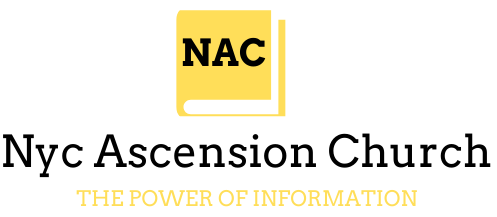A company structure is commonly used to help business owners and operators protect themselves and their assets against potential liabilities and claims that may arise from their business activities. However, there are certain risks with a company structure itself which business operators need to be aware of so as to address and, where necessary, expand their legal risk management strategy.
It is an interesting article to know about the structure and protection of virtual office. The management of the office is possible with the correct approach to get the desired results. There is reduction in the risks with the correct management of the structure of virtual office.
Understanding what a company is
Upon incorporation, a company becomes recognised by law as being a “separate legal entity”, just in the way a person is. This means that it can sue and be sued, enter into contracts and carry on business in its own right.
Understanding how a company structure can be used to limit personal liability
A company structure is commonly adopted by a wide variety of small and start-up businesses. One of the key reasons for choosing a company structure (as opposed to operating simply as an individual or a partnership for example) is to “ring-fence” liability arising from that business so that it is contained within the company. How this works is that, at least traditionally, the company owners’ (i.e. the shareholders’) exposure to personal liability:
- is limited to the value of their shares; and
- does not otherwise affect their personal assets because shareholders personally cannot be sued for the business’s debts or losses or for claims made against the business (such as being sued for negligence).

The big HOWEVER…
Law is never without caveats and this one is important to appreciate and understand…
Adopting a company structure as a way to minimize personal exposure to liability is not 100% reliable. There is a nasty little part of law called “piercing the corporate veil” (or “lifting the corporate veil”) which courts sometimes use to see beyond the company structure and hold the owners and/or directors personally liable.
When does it happen?
Good question! Lawyers pretty universally agree this is a very “grey” area of law. Some say there is no predicting it, that it is simply used by courts as they see fit where justice requires a certain result. Others say there are definite themes as to when it may happen, such as using a company structure for the purpose of subverting some pre-existing legal obligation or to commit a civil wrong or fraud – so definitely don’t go down that path because “lifting the corporate veil” won’t be your only problem!
More concerning for many small companies and start-ups are some of the other factors which have been found by courts to be relevant such as the degree of effective control of one or more shareholders and whether a company is “tightly held”, for example where there is only one or two shareholders who are also the company directors. Related to these considerations is whether a company can really be seen to be just acting as the owner(s) agent – in a sense, just acting as a corporate mouthpiece for the owner. And relevant to this is whether a company is properly capitalised in its own right (so the owner does not just use his/her money as if it is the company’s and vice versa) and whether the company adheres to company formalities, such as keeping proper company records, holding shareholders’ meetings and formally passing resolutions.
How likely is it to happen?
Unfortunately again there is no real consensus. In the UK courts are more reluctant to lift the corporate veil and some commentators describe it as like a “lightning strike”, so you have to be pretty unlucky. However, in the US however it is said to occur in about 50% of company cases that go to court. Australia is thought to be somewhere in between. No empirical results have recently been collected in Australia, but in 2001 a study of 104 cases (dating from the 1960s) found that the corporate veil was pierced roughly 40% of the time where it was argued in court**.
So should you panic? Should you abandon your company?
No, neither will help. First, take a moment to think about how many companies actually end up in court – hopefully not that high a proportion! Second, courts do recognise that using a corporate structure to limit liability is for many companies a valid reason for being. It’s just not fail-safe.
Despite its limitations, a company structure is still accepted as valuable in many cases for the purpose of minimizing exposure of personal assets, but it must be appreciated for what it is and that is, not 100% reliable. It is a layer of protection but not protection in its entirety – it should just form part of your risk minimization strategy which might also include:

- specific legal advice as to business structure(s) appropriate to your personal circumstances;
- comprehensive insurance policies covering the conduct of your business;
- ensuring good contracts are in place with your clients and suppliers (and keeping a record of those contracts and correspondence);
- ensuring your company does not incur debts beyond its means;
- compliance with all applicable licensing and other laws and regulatory requirements;
- diligent conduct of business so as to avoid as much as possible any claims (such as negligence, defamation, employee rights etc); and
- ensuring a good complaints handling process and dispute resolution strategy are in place.
The moral of the story
Just as when you get out of bed in the morning, you can’t avoid all risks in life, the same can be said for carrying on a business – unfortunately no lawyer can protect you against all legal risks. The key is to understanding what risks you are exposed to in the business and then deciding whether your appetite for risk is satisfied with those risks.
Stay tuned for the next article – Director’s liability – yet another way in which as a company operator you might be exposed to liability and the things you can do (or not do) to help.





